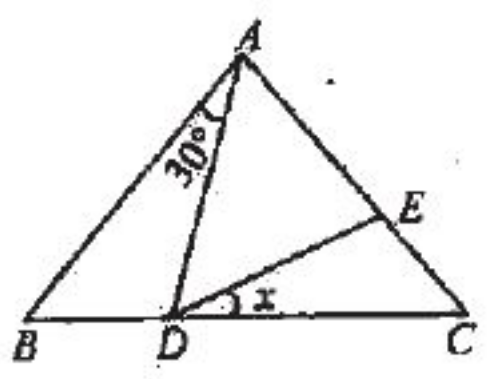(15)0
is equal to
(a)0
(b) 15
(c) 1
(d) 5
To solve the expression (1/5)0, we can follow these steps:
Step 1: Understand the Power of Zero Rule
According to the mathematical rule, any non-zero number raised to the power of zero is equal to 1. This means that if x is any non-zero number, then x0=1.
Step 2: Identify the Base
In our case, the base is 1/5. Since 1/5 is a non-zero number, we can apply the power of zero rule.
Step 3: Apply the Rule
Now, we apply the rule:
(1/5)0=1
Step 4: Conclusion
Thus, the value of (1/5)0 is equal to 1.
Final Answer
The correct option is (c) 1.
---
According to the mathematical rule, any non-zero number raised to the power of zero is equal to 1. This means that if x is any non-zero number, then x0=1.
In our case, the base is 1/5. Since 1/5 is a non-zero number, we can apply the power of zero rule.
Now, we apply the rule:
(1/5)0=1
Thus, the value of (1/5)0 is equal to 1.
The correct option is (c) 1.
Topper's Solved these Questions
Similar Questions
5.The value of i4x+1−i4x−12 is equal to (a) 1 (b) −1 (c) −i (d) 0
View SolutionThe product 317×156×125×1111 is equal to
(a)585
(b) 545 .
(c)845
(d) 445View Solution(−15)3÷(−15)8 is equal to (a) (−15)5 (b) (−15)11 (c) (−5)5 (d) (15)5
View SolutionThe value of sin(2 tan−1(0.75)) is equal to (a) 0.75 (b) 1.5 (c) 0.96 (d) sin−11.5
View Solution2.5+3.05−4.005 is equal to: (a) 1.545 (b) 1.455 (c) 1.554 (d) 0.545
View SolutionIf a=−2,b=−1,then ab−ba is equal to
a) -1
b) 0.5
c) -2
d) -1.5View Solution(2−1+3−1+5−1)0 is equals to: a) 2 b) 3 c)5 d)1
View SolutionIf √2=1.4142, then √√2−1√2+1 is equal to (a) 0.1718 (b) 5.8282 (c) 0.4142 (d) 2.4142
View SolutionIn the figure, if AB=AC,∠BAD=300 and AE=AD, then x is equal to

a)150 (b) 100 (c) 12.50 (d) 7.50View Solution112:160 =
(a) 4:1
(b) 1:4
(c) 5:1
(d) 1:5View Solution

